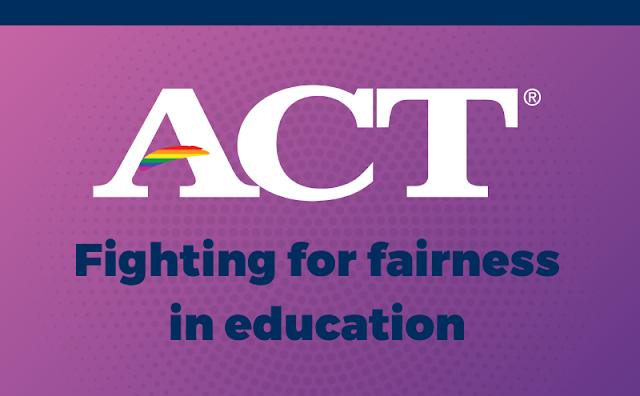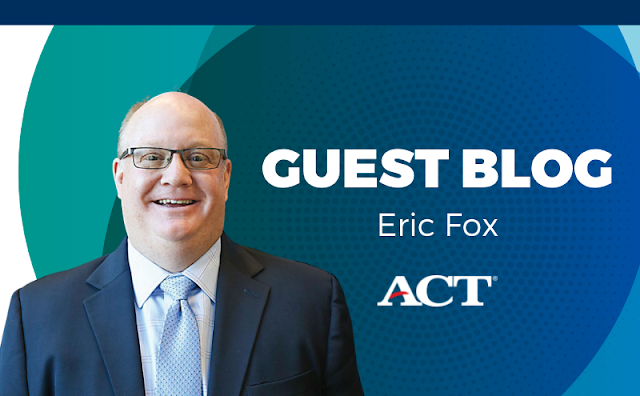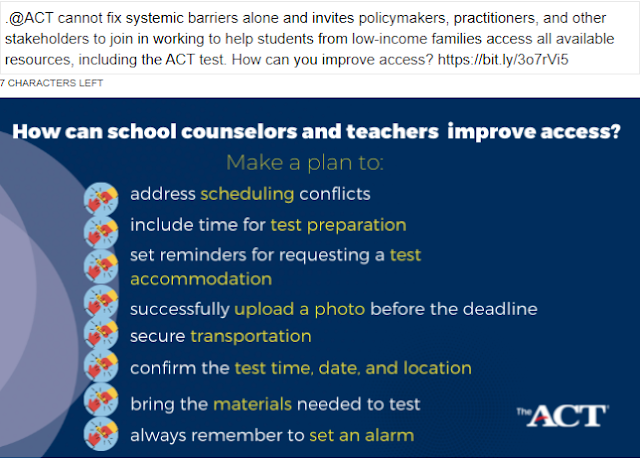ACT sat down (virtually) with the team at Trevor to discover how to best support LGBTQ youth, during Pride and beyond. Our questions and their answers appear below. Happy Pride!
We know students have and will continue to face the trauma of COVID-19 and ongoing social and civil rights challenges. How do these compounding traumas affect the LGBTQ+ community in particular?
So many LGBTQ young people experience things like familial rejection, bullying, and other factors that greatly affect their mental health. Even prior to the COVID pandemic, LGBTQ youth were at significantly increased risk for depression, anxiety, and suicide attempts, largely due to increased experiences of victimization.
The recent events of COVID-19, police violence against Black Americans, and the introduction of legislation in many States infringing on the rights of trans young people have a significant detrimental effect on many LGBTQ young people. Particularly regarding the pandemic, it’s clear that the widespread anxiety, physical distancing, and economic strain experienced in 2020 may have exacerbated existing difficulties and created new, unique problems for many LGBTQ youth. For example, our research shows that more than 80% of LGBTQ youth stated that COVID-19 made their living situation more stressful — and only 1 in 3 LGBTQ youth found their home to be LGBTQ-affirming. Ninety-four percent of LGBTQ youth said that recent politics negatively impacted their mental health.
The state of the world has presented numerous challenges and difficulties for everyone, but LGBTQ youth are particularly vulnerable.
What do LGBTQ+ youth need from allies, families, supporters, and each other?
We know that affirming spaces and support systems work to reduce the risk of suicide attempts and save young LGBTQ lives, letting them live freely and happily as their most authentic selves. Affirming spaces can be found everywhere – at school, in sports or other after school activities, in local communities, and online. In fact, “Finding Community Online,” “Online LGBTQ Chat Groups,” and “Watching LGBTQ People on YouTube and TikTok” were frequently cited as ways LGBTQ youth find joy and strength in The Trevor Project’s 2021 National Survey on LGBTQ Youth Mental Health. At The Trevor Project, we constantly hear from transgender youth in crisis who want nothing more than to be recognized for who they are — and we know that respecting and affirming a young person’s identity is essential to their mental health and well-being. Among transgender and nonbinary youth, respecting their pronouns and allowing them to change their name is consistently associated with lower rates of attempting suicide.
Here are a few other LGBTQ-inclusive practices that allies, families, and supporters should keep in mind:
- Refrain from using language that assumes gender is binary or that all people are straight and cisgender.
- Someone’s appearance is not indicative of how they identify their gender. There are an infinite number of amazing ways to be a person of any gender.
- Ask for someone’s name, pronouns, and how they identify — never assume.
- Share your own pronouns at the beginning of a meeting, in your email signature, or on your social media profile.
- Be aware of the expectations you project onto others based on their gender, and strive to support others and validate their experiences.
What’s the best way educators can support and celebrate students who identify as LGBTQ+, beyond Pride month?
Establish yourself as a confidant and supportive ally that is always there to listen to them without judgment. Be affirming and have empathy. The journey of embracing one’s LGBTQ identity is an intensely personal process and it can bring up a lot of different emotions. Part of being a good ally is continuing your education and increasing your own understanding of LGBTQ issues to take the burden off of LGBTQ youth to always be the ones to educate or correct.
Help foster spaces where everyone can express themselves, speak out against harassment when you see it, and be a source of education for those who need it.
Finally, LGBTQ youth who report having at least one accepting adult are 40% less likely to attempt suicide. Be that one person and encourage other youth-facing adults around you to do the same.
What are your top three resources that all allies should share?
The Trevor Project has published a wealth of resources for LGBTQ youth and the people in their lives that can be found on our website. Here are a few that are informative and actionable:
- A Guide to Being an Ally to Transgender and Nonbinary Youth — covering the basics of gender, how to show respect, and what to do if you’ve made a mistake.
- A Coming Out Handbook, to help young people explore what coming out safely can mean for them. This is intended for youth, but it can also provide parents and allies with insights on the coming out process and how difficult it can be for some youth.
- Our 2021 National Survey for LGBTQ Youth is the most comprehensive and diverse research report of its kind. It spotlights the unique challenges that LGBTQ youth of all backgrounds face, and it’s an important body of data to spread awareness, increase activism, and effect change.
ACT fights for fairness in education and believes in providing equity, access, and opportunity for all students. We’re proud to celebrate Pride Month alongside members of the LGBTQ+ community.













